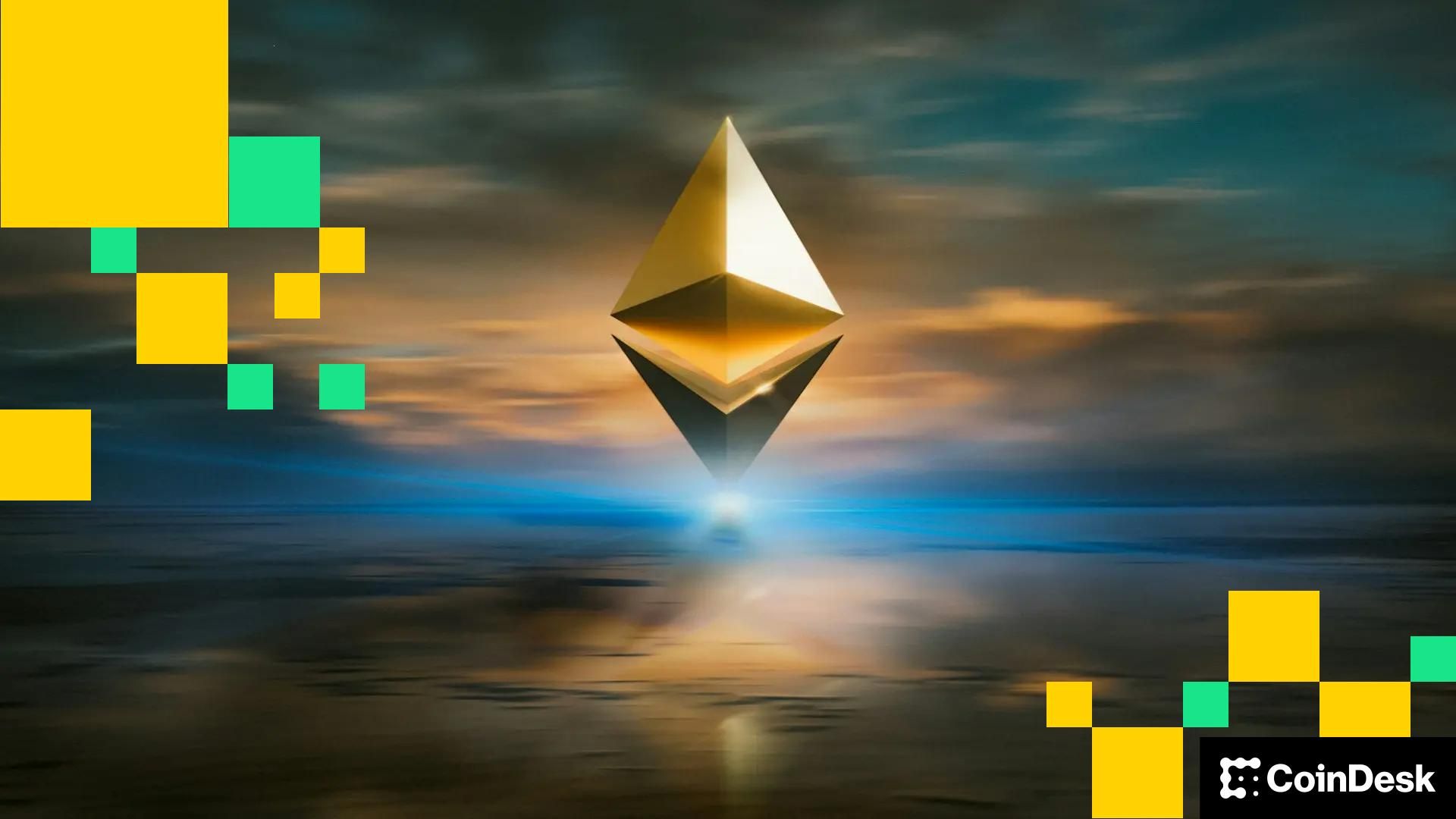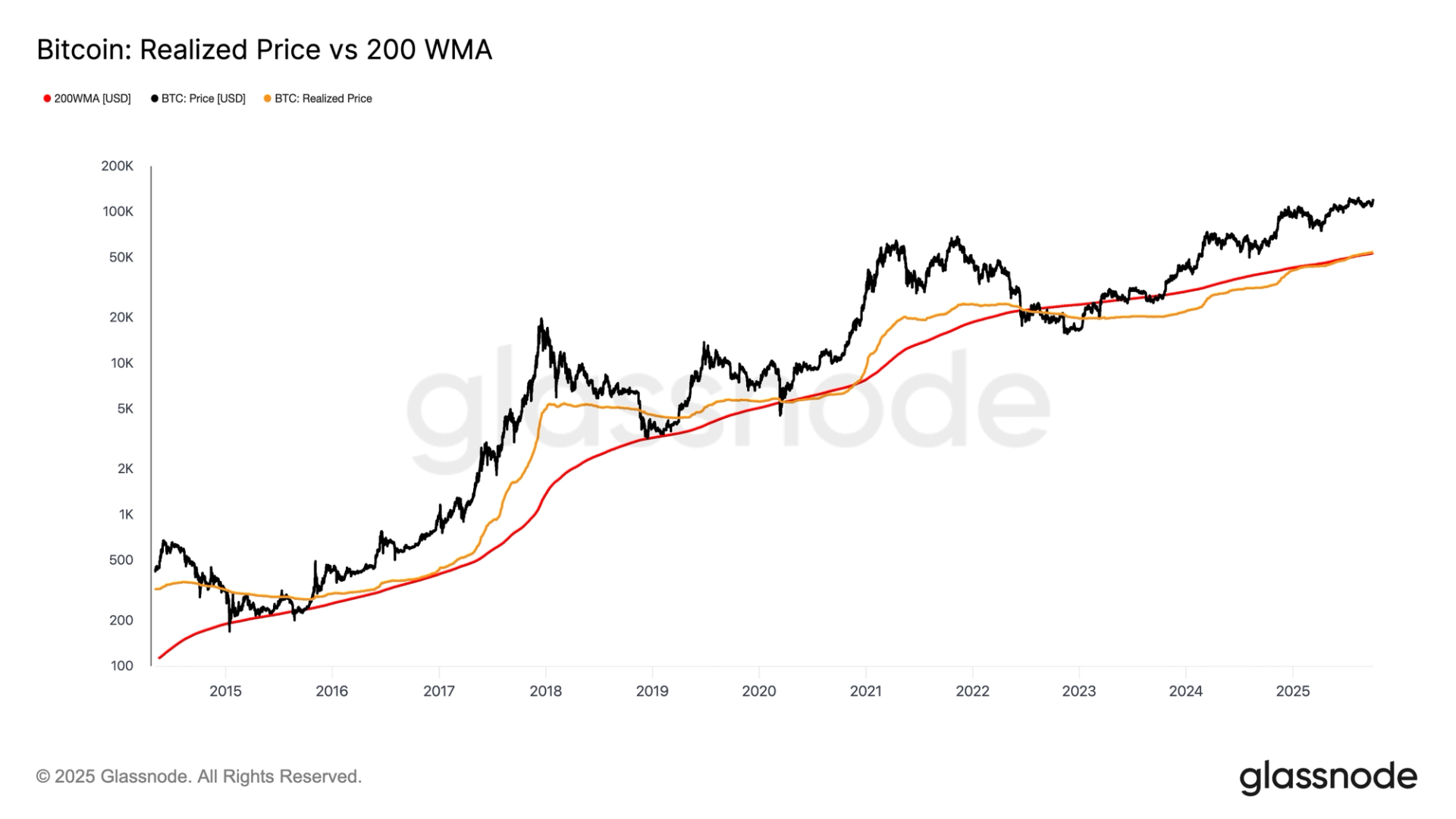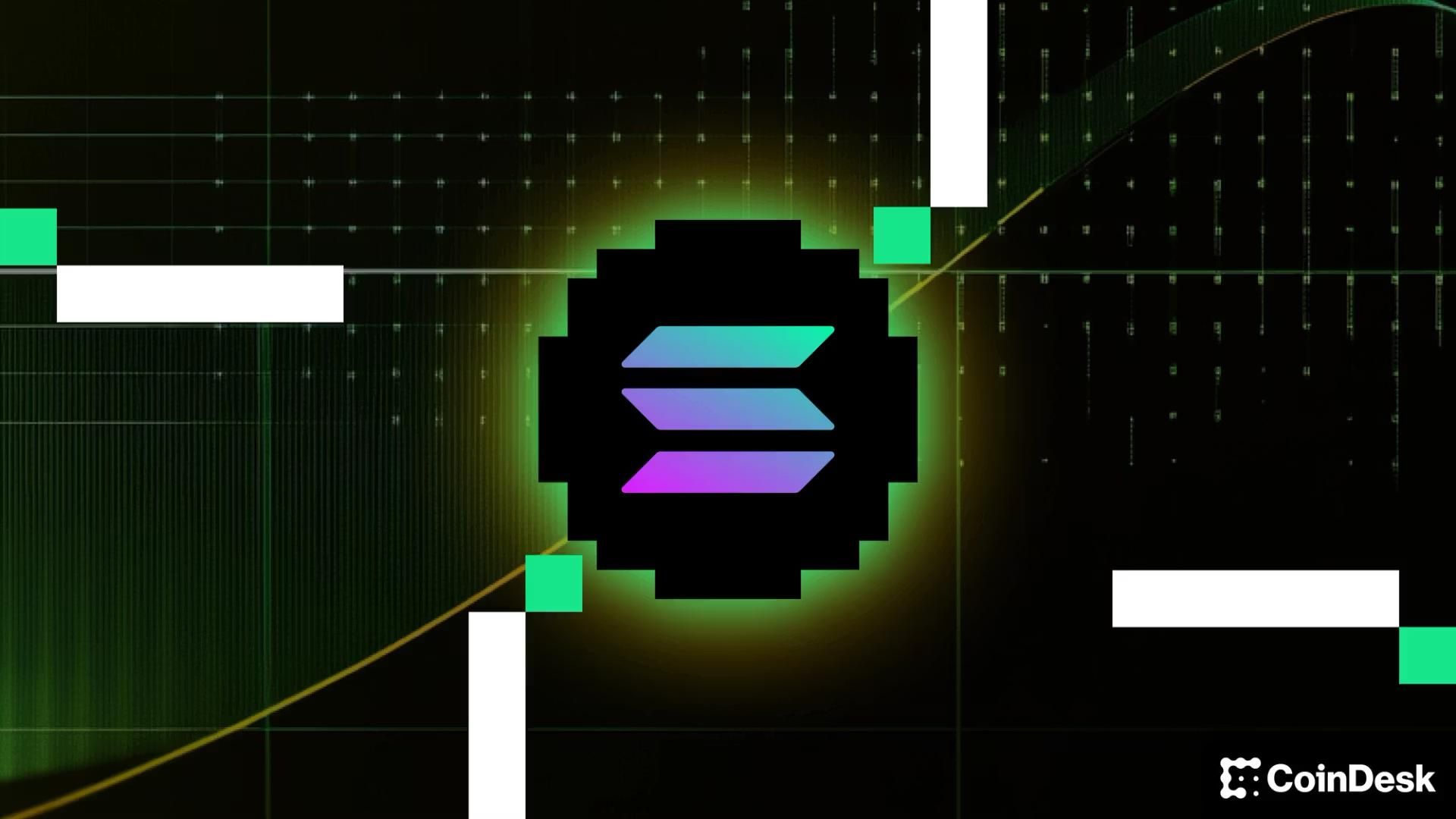Ethereum's Fusaka Update
VanEck stated that Ethereum's Fusaka update will go live in December and that this update will facilitate the scaling of layer-2 blockchains by alleviating the data load on validators. It is anticipated that Fusaka will improve availability with the increasing transaction activity, thus reducing transaction costs for end users.
VanEck's research team expressed that the Fusaka update is designed to address one of Ethereum’s biggest challenges. Expected to be operational by the end of the year, this update targets issues related to data availability. This is critical for scaling solutions called rollups, which allow many transactions to be aggregated and processed on Ethereum before being executed.
Peer Data Availability Sampling and Its Importance
A central element of the update is a technique called Peer Data Availability Sampling (PeerDAS). This technique allows each Ethereum validator to validate blocks by receiving smaller pieces of transaction data instead of requiring them to download all transaction data. VanEck explained that this reduces bandwidth and storage demands and can securely increase Ethereum’s 'blob' capacity. This is particularly important as Ethereum developers doubled the blob limits again this year amid ongoing demand increases.
Projects like Coinbase's Base and Worldcoin's World Chain currently account for about 60% of all rollup data. This highlights the central role of L2s in the network's growth. With further capacity increases, it is expected that the Fusaka update will reduce rollup costs, leading to cheaper transactions for end users.
Expectations for ETH
VanEck emphasizes that this update indicates Ethereum is moving away from a structure driven by base layer fees. While noting that this transition to rollups has decreased mainnet fee revenues, they stressed that this does not diminish the importance of ETH. On the contrary, Ethereum’s role in securing rollup transactions is increasing, making ETH more than just an asset that generates fees.
Analysts also warned that holders of unstaked ETH may face risks of losses as institutional players continue to accumulate ETH positions, ranging from exchange-traded products to crypto treasury firms. In this context, they believe the Fusaka update enhances Ethereum's appeal by lowering L2 costs and solidifying a scaling ecosystem that will foster greater institutional adoption.
VanEck added that despite ongoing technical challenges, the Fusaka update is a critical step in Ethereum’s rollup-focused roadmap, and this will have "significant impacts" for both users and long-term investors.
```⚖️ Yasal Uyarı:Bu içerik yatırım tavsiyesi niteliği taşımaz. Yatırımlarınızla ilgili kararlarınızı kendi araştırmalarınız ve risk profilinize göre almanız önerilir.
Ethereum, Fusaka, VanEck, layer-2, blockchain, transaction costs




















.png)